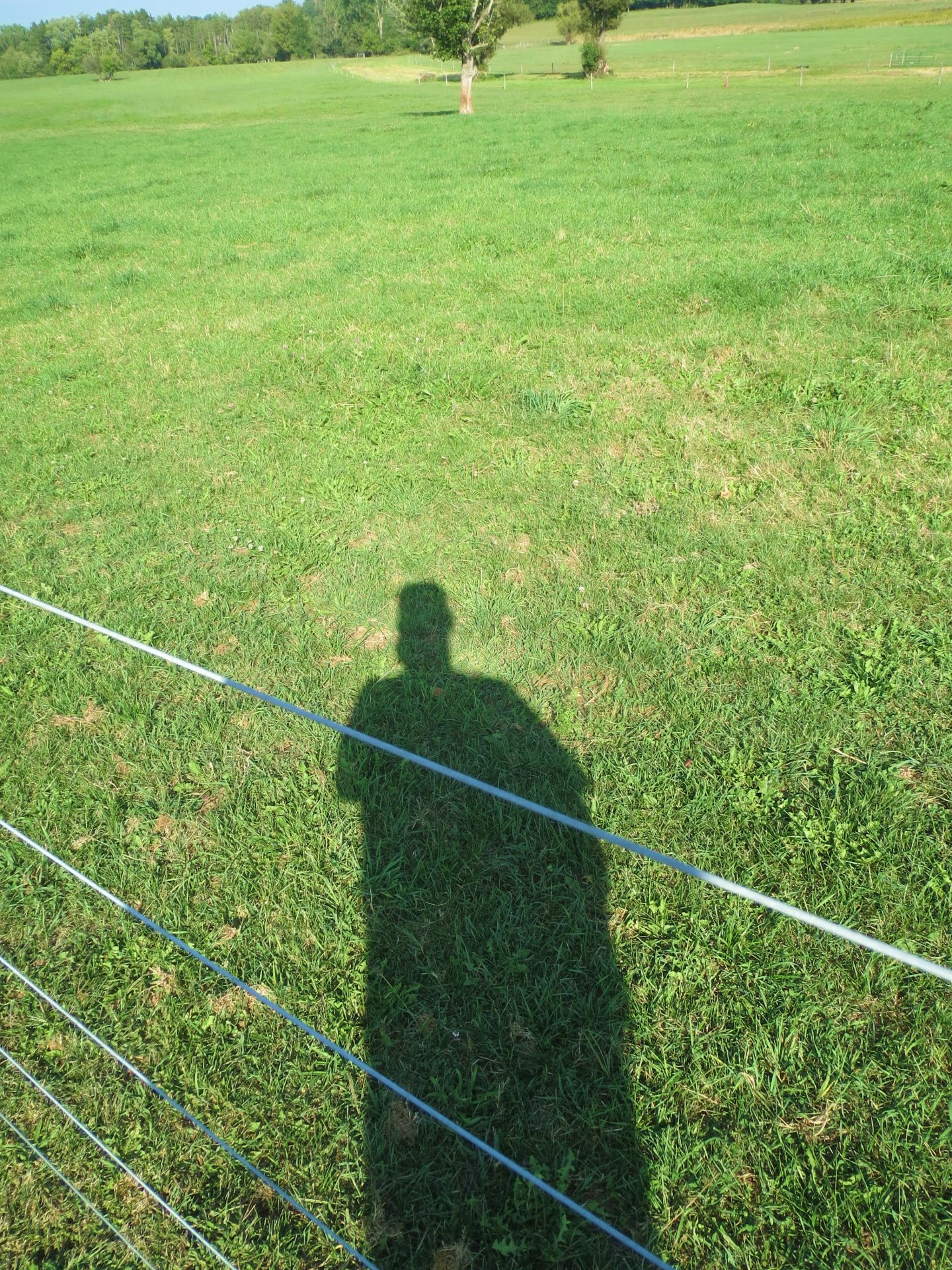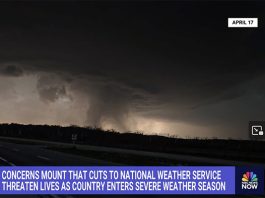
Back in 1959, French Agronomist and rotational grazing visionary, André Voisin, warned farmers in his book, Grass Productivity, that “untoward acceleration” was the greatest danger to rational grazing practitioners. You would think someone who has read one of the bibles of grazing management wouldn’t go down that laneway. It seems my complacency and optimism that it would rain, overshadowed the fact that I was about to hit the proverbial wall. Running into walls usually hurts.
Untoward acceleration is a description of what happens when paddocks are not rested long enough between grazings. Each subsequent grazing of the paddock provides less forage and the regrowth period gets shorter throughout the grazing season until most of the plants are overgrazed and there is little or no feed left. This is bad for soil health, plants, animals, water infiltration and your wallet. Voisin rightly said, “The grazier blames the summer for his failure but should blame himself.”
In the bowels of grazing management, no one wants to admit they are heading towards an unsustainable future, least of all the grass whispering hypocrite. I’m good with taking the blame. They say if you make mistakes, you’ll learn more. I should be a genius by now! It is apparent from my travels there are many of you who have already wrecked or are approaching the safety fence and I’m truly sorry you are experiencing such a fate.
From Voisin’s interactions with other farmers, we are in good company. The respected president of a farmer’s federation in France confided in Voisin that every year he was forced to speed up the movement of the stock, from the beginning of July onwards to the middle of August, which essentially left him with no grass. The “forced” statement is the thing that resonates with me. What did he mean?
Was he out of options financially and environmentally? Was he overstocked or had too few paddocks to manage the forage effectively? Did he need to practice better monitoring and management of all the resources at his disposal? Was he too proud or stubborn to ask for help or work with a successful mentor? Was he just overwhelmed from a drought and his decision-making compromised? All questions that are still relevant today if you’re in that situation.
So what happened to me? We use a rental farm to graze our main herd of dairy heifers and a 90 day grazing herd on our home farm so they will be shipped back to their owner in August. This strategy allows our place to build stockpiled grass for 60 days before our frost date (October 10th), so we can extend our grazing season into winter. Rain is paramount for this to all work. I’ll say it was unintended consequences in allowing the rental farm to be over-grazed.

We were doing fine on the rental farm with abundant rain and grass in June and even early July, but the spigot turned off around July 20th with sporadic tenths of moisture. Couple this with a close mowing to alleviate some of the multi-flora rose plants and you have a recipe for disaster. Just like Andre was saying, I went from 32 days of recovery, down to 23 days and then to 21 days because there was less grass. I could see the plants faltering with each bite and I could also see it on my grazing chart but kept thinking (obviously not that clearly), that it would rain soon and all would be good.
In my head, I had to save the home farm’s forage for winter grazing, couldn’t destock the main herd and couldn’t really add acres to the system. My only “forced” option was to use a fertility poor paddock and do some supplemental feeding to add rest to the other paddocks. As a contract grazier, this cost me money, this cost me time, this will cost me 15 days of winter grazing since I will have to bring them back home sooner. This also taxes my self-esteem but is valuable for learning.
Then there’s Voisin’s nugget playing out in your head, “The practice of grazing must be flexible. It is very rare if not exceptional, for paddocks to have the capability to be grazed in the same order and have the same rest periods.” Duh!! Looking back, I should have: Maintained proper pasture residuals (>4”) and not mown closely in late July; monitored rainfall and intervened earlier; and had a better back-up strategy which should have included another set of eyes.
 Cowboy logic says, “Experience is something you don’t get until just after you need it.” In my case, I need some reminding now and then. This doesn’t diminish the fact that this situation is real for many farmers making all their living off grass-based enterprises. Nothing is more poignant than being hit in the wallet.
Cowboy logic says, “Experience is something you don’t get until just after you need it.” In my case, I need some reminding now and then. This doesn’t diminish the fact that this situation is real for many farmers making all their living off grass-based enterprises. Nothing is more poignant than being hit in the wallet.
The Ah ha moment in discussing my ineptness here and opening up the wound of scrutiny to the dangers of untoward acceleration, came from an infrared temperature gauge. Upon setting the beam on my over-grazed sward, it registered an amazing 104 degrees. This temperature stops biological processes which are at the backbone of my goals and that of my next generation’s resource. When the gauge panned over some thick vegetation, it read 55 degrees and the biology was evidently working.
These simple tests have screamed loud and clear how grass management (our big brains) can improve or hinder the regeneration of our land and water holding capacity. Who knew the danger Mr. Voisin warned us about back in the fifties and proved how to solve it, could save a planet today. I’m certainly looking forward to accelerating my grazing knowledge and ability so I don’t fall prey to another untoward experience.
Previously published in Country Folks





Many thanks for speaking of disappointments, Troy. We all have them and it takes guts to share them with others. Even if you have been through that same situation once, or twice, or thrice before, your learning is reinforced when some one else relates how it happened to them. We are all in this together and nature sees to it that we are never experts; humble pie is as drought is in the West- never more than a week away. Which is exactly why On Pasture is such a super valuable resource. C’mon, folks, pitch in and help On Pasture stay alive! It is the cheapest, most efficient education money can buy.
Thanks for sharing your hard times. A lot of us are sitting in the same spot as you.
Comments are closed.